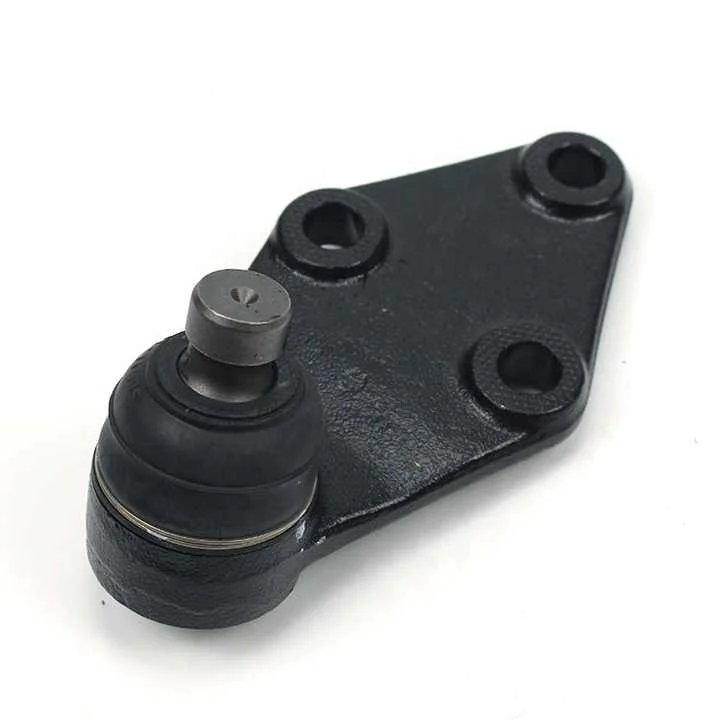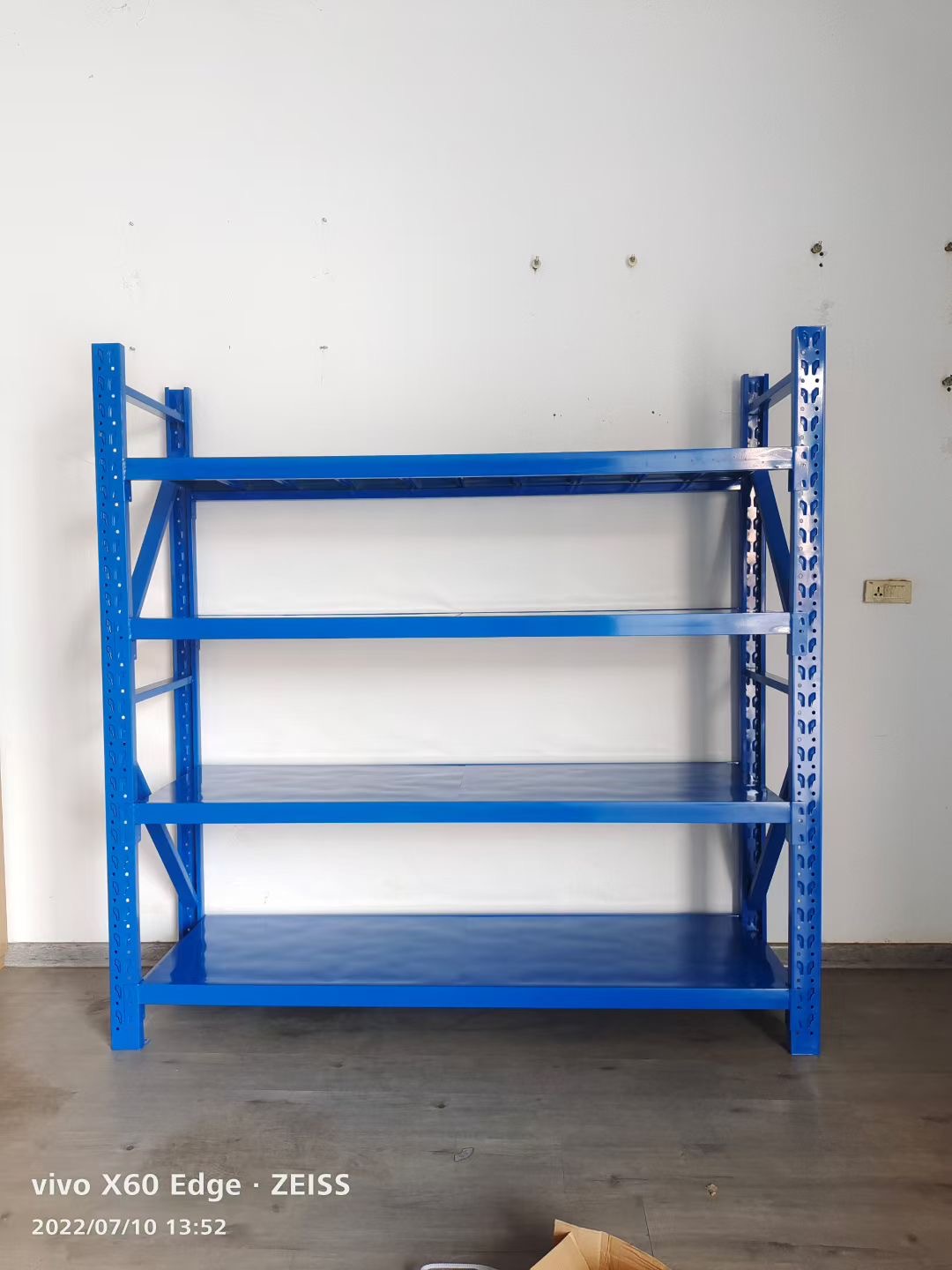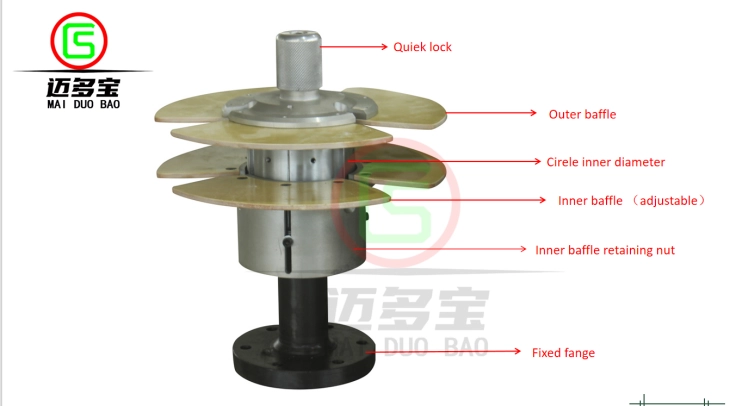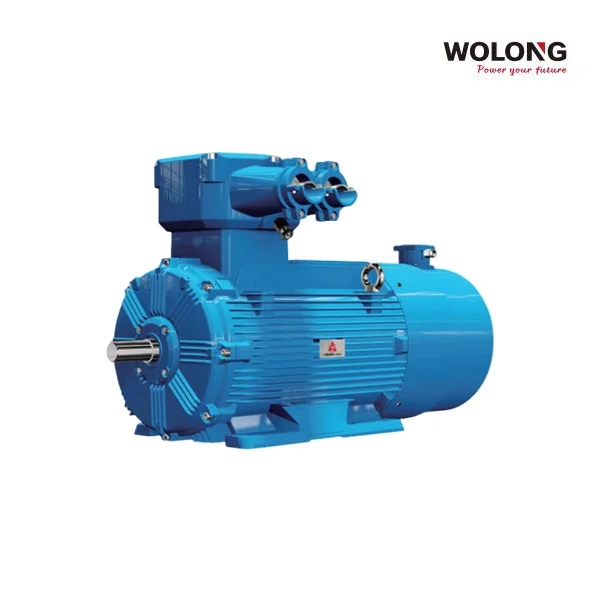Unloading a 40ft shipping container efficiently requires careful planning, organization, and the right equipment. In this comprehensive guide, we will delve into the intricacies of this process, providing you with expert tips and techniques to ensure a smooth and successful unloading operation.
- Preparing for Unloading:
Before the container arrives, it is crucial to prepare the unloading area. Clear any obstacles, ensure sufficient space for maneuvering equipment, and establish a safe working environment. Additionally, gather the necessary tools and equipment, such as forklifts, pallet jacks, and safety gear, to facilitate the unloading process. - Developing a Strategy:
To maximize efficiency, it is essential to develop a well-thought-out unloading strategy. Consider the nature of the cargo, its weight distribution, and any specific handling requirements. Create a plan that optimizes the sequence of unloading, minimizing unnecessary movements and reducing the risk of damage. - Securing the Container:
Before unloading, ensure the container is securely positioned. Use twist locks or container locks to prevent any movement during the unloading process. This step is crucial for the safety of the workers and the integrity of the cargo. - Utilizing Proper Equipment:
Investing in the right equipment can significantly enhance the unloading process. Forklifts with appropriate lifting capacities, reach stackers, or even specialized container unloading equipment can expedite the process and minimize manual labor. Ensure all equipment is well-maintained and operated by trained personnel. - Unloading Techniques:
a. Palletizing: If the cargo consists of palletized goods, consider using a forklift or pallet jack to remove them systematically. Stack the pallets in a designated area, ensuring stability and accessibility for further handling.
b. Bulk Cargo: For loose or bulk cargo, such as grains or aggregates, employ appropriate handling equipment, such as front-end loaders or conveyor belts. Implement safety measures to prevent spillage and ensure efficient transfer to designated storage areas.
c. Heavy Machinery: Unloading heavy machinery requires specialized equipment and expertise. Consult the manufacturer's guidelines and employ suitable lifting mechanisms, such as cranes or hydraulic lifts, to ensure safe and damage-free unloading.
- Safety Considerations:
Prioritize safety throughout the unloading process. Provide adequate training to workers, emphasizing proper lifting techniques, personal protective equipment usage, and safe working practices. Regularly inspect equipment, maintain clear communication channels, and establish emergency protocols to mitigate potential risks. - Sorting and Inventory Management:
As the cargo is unloaded, establish a systematic sorting and inventory management process. Label and categorize items, record quantities, and cross-reference with shipping documents. This step streamlines subsequent storage, distribution, and inventory control processes.
Conclusion:
Unloading a 40ft shipping container efficiently requires meticulous planning, the right equipment, and a focus on safety. By following the strategies and techniques outlined in this guide, you can optimize the unloading process, minimize downtime, and ensure the integrity of your cargo. Remember, a well-executed unloading operation sets the stage for seamless logistics and successful supply chain management.






